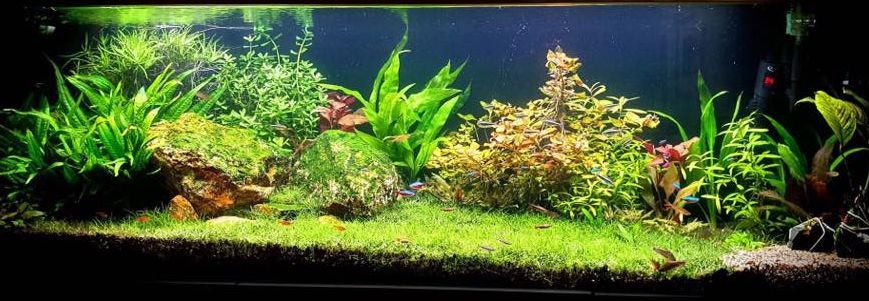
When one neutralizes the chlorine in a water supply with chloramine in it, there is ammonia left over. There are a whole series of products which claim to “detoxify” this ammonia at the same time as removing the chlorine. Some of these products are sold largely to “detoxify” ammonia during cycling and when aquariums do “mini-cycles”.
Many suppliers of these products write some very lengthy claims and papers on how their products work. They blend scientific fact with fiction to create a very believable story. News flash, all of it is simply profit driven marketing hype with no basis in fact. Using these products to “detoxify” ammonia is a waste of money.
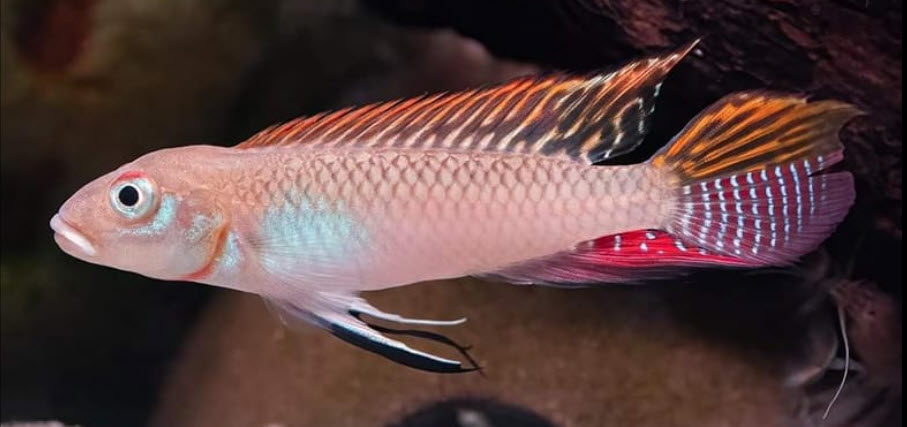
As for ammonia being left over from neutralizing chloramine the manufacturers are using unwarranted scare tactics. Generally municipal water contains about 1-3 ppm chloramine. Let’s say you have 2 ppm (mg/l) of chloramine to neutralize (NH2Cl; 51.48 g/mol, NH2 16.02 g/mol). The reaction would release 0.62 ppm NH4/NH3 of which, in a typical aquarium (pH 7.0, 25 C), only 0.566% would be in the toxic NH3 form, or 0.0035ppm.
And of course most water changes are partial so the final NH3 would be proportionately less. A 50% water change will be 0.0018 ppm NH3. It is generally accepted that 0.05 of NH3 is where the ammonia begins impacting fish. So it does seem commercial suppliers are overstating the threat that the amount of NH3 released poses for hobbyist by a factor of 0.05/0.0018 or 28. Even if the aquarium is at an 8.0 pH the threat is overstated by a factor of 2.8. Only at a pH of 8.4 or above will the fish be affected.
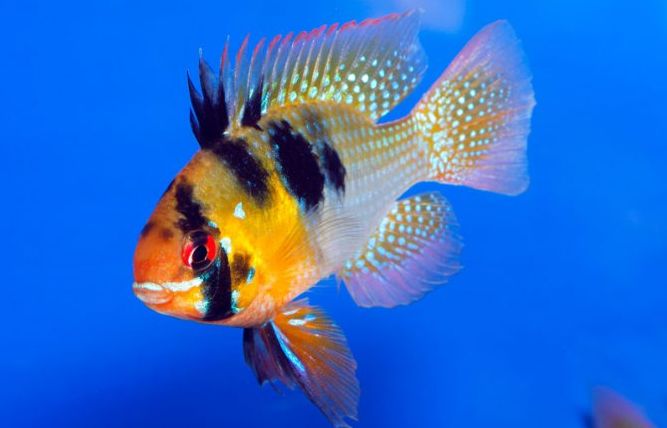
Test
A simple test was set up to measure toxic ammonia gas concentrations in water which had various conditioners added to it. The test used the Seachem free ammonia test. This test is recommended by Seachem for showing how well Prime and Safe “detoxify” ammonia.
This test tests for free ammonia gas, which is the chemical species which adversely affects fish. Per Seachem Support Forum this test will confirm that Prime and Safe “bind” and “detoxify” ammonia gas.
Seachem Tech Support MS, 11-09-2011, 18:23
Re: Prime questions…
Hello Troglodyte,
Thanks for the question. Prime converts ammonia into a complexed imidium salt. This salt is a nitrogenous compound that can still be utilized by aerobic bacteria. In the same way they consume ammonia, these bacteria consume the imidium salt and release nitrite as a byproduct. Prime will also bind with nitrite and nitrate, however, it will not prevent bacteria from consuming these compounds as well. Unfortunately, while we have researched it extensively in our laboratory, I do not have any documents that I can provide you as proof. However, if you wanted to test this, it would be very simple and could be done by treating tap water containing chloramine with Prime and adding it to an established aquarium. Also add a Seachem Ammonia Alert to give continuous free ammonia readings. Prime will break the chloramine bond, leaving behind ammonia. Unlike other water conditioners it will then bind to the ammonia, producing a non-toxic imidium salt. At this point you will see a 0.0 ammonia reading on the Ammonia Alert. After 24 hours, begin checking the Ammonia Alert every 30 minutes or so. After 24 hours, Prime will start to become inactive and if it is still binding any ammonia, it will begin to release it. If this is the case, the Ammonia Alert will begin changing color, giving you a reading for free ammonia.
Ammonia was added to 8.0 pH water to create a concentration of 5 ppm of total ammonia. This should give about 0.26 ppm of gaseous ammonia. Testing with several ammonia test kits (Tetra EasyStrips, Salifert Ammonia, Seachem total ammonia, API Ammonia test) confirmed the 5 ppm level of ammonia.
Note that tap water with a pH of 8.0 is very common and that it is necessary to have this pH to get realistic test results. If one did the test at 7.0 pH one would need to add ten times the amount of ammonia. This amount of ammonia is not going to be seen in an aquarium so it is not a valid test. Only at 8.0 pH do you have a valid test.
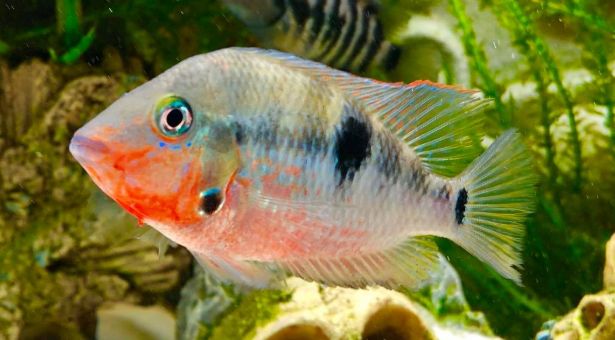
Then several products which claim to detoxify or neutralize ammonia were purchased. A series of bottles were filled with the ammonia water and a dosage of five times the recommended level of “detoxifier” was then added. One bottle, the “control” had nothing added. There were three bottles used for each product.
The bottles were then tested with the Seachem free ammonia test dots using the 30 minute scale.
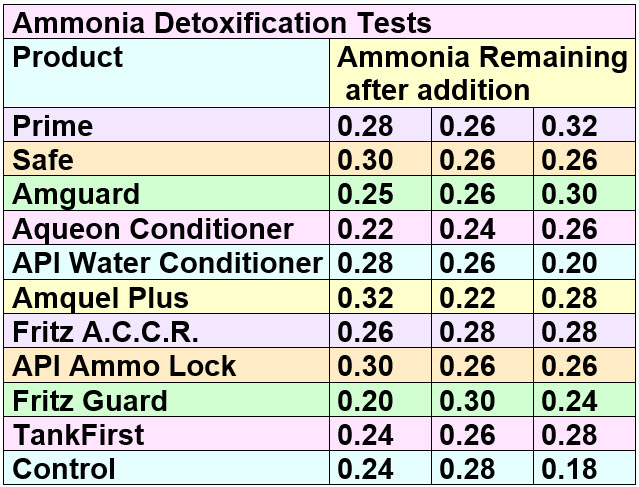
These products ALL failed to neutralize or detoxify ANY ammonia. This includes the Seachem products of Prime and Safe. The 0.26 level of free ammonia was maintained in all the products, with no “complexing”, “detoxifying” or “binding” being done. So the two Seachem claims and the other product claims are simply marketing hype. Note 0.2 free ammonia gas is considered the “Alarm” level by Seachem, quite correctly.
Note this is a very easy test anyone can do. Duplicate the test if you don’t believe it.
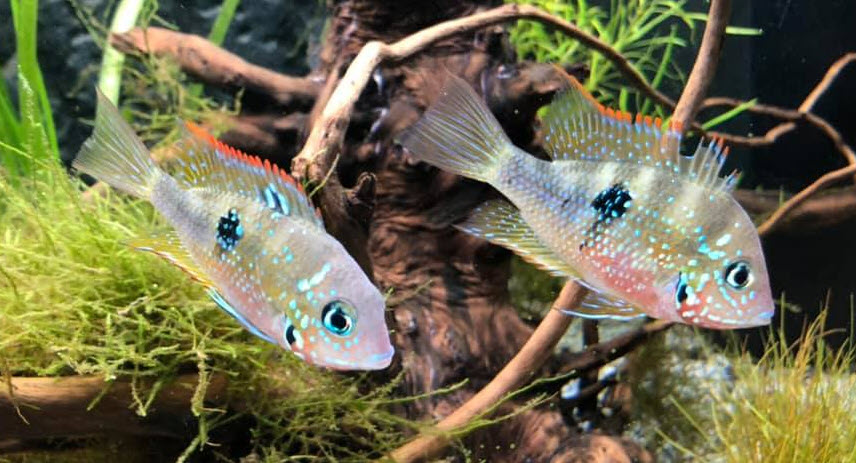
Safe and Prime
One set of “detoxifying” products is Seachem Prime and Seachem Safe. These are sodium dithionite. Lab tests confirm these products are pure sodium dithionite and nothing else. Sodium dithionite removes chlorine because it is a reducing agent and chlorine gas is a strong oxidizing agent.
In water sodium dithionite decomposes to sodium thiosulfate and sodium bisulfite. The sodium thiosulfate and the sodium bisulfite then reduce the chlorine in the water:
2Na2S2O4 + H2O –> Na2S2O3 + 2NaHSO3
Na2S2O3 + 4NaClO + H2O –> 2NaHSO4 + 4NaCl
2NaHSO3 + 2NaClO –> 2NaHSO4 + 2NaCl
.
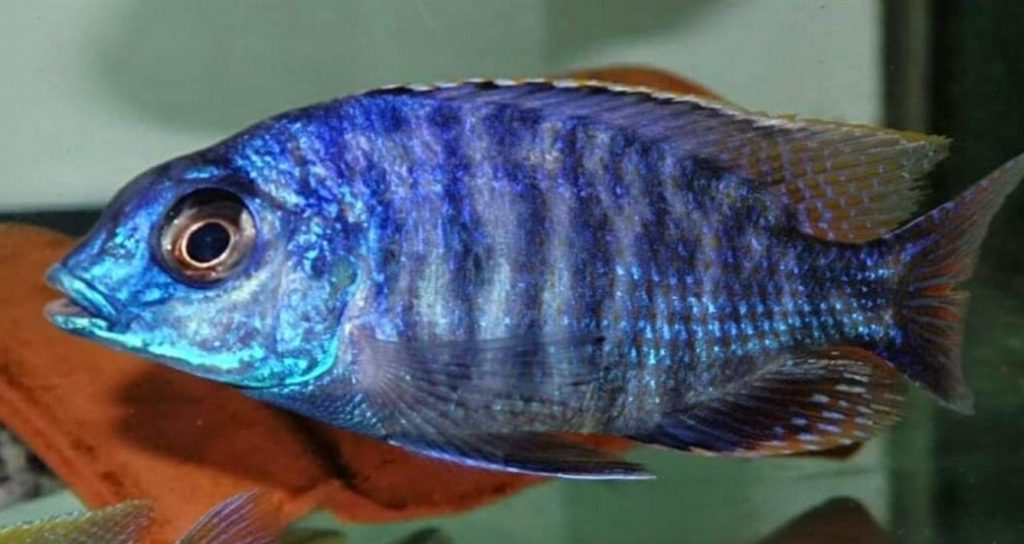
Prime and Safe both make many deceptive or false marketing claims. The bottles say:
“Detoxifies Ammonia, Nitrite & Nitrate”
Sodium dithionite does nothing for ammonia. There are NO chemicals which will neutralize the ammonia, NONE! Note that while as I have pointed out Mother Nature can be very flexible and unpredictable in many areas related to fishkeeping, this isn’t one of those areas. The above is based on firmly-established, indisputable facts of chemistry.
Ammonia and nitrite must be OXIDIZED to nitrate to detoxify them and sodium dithionite is a REDUCING agent. It is impossible to have a chemical which acts both as an oxidizer and as a reducing agent. The two are mutually exclusive.
And there is no way to “detoxify” nitrate since it isn’t that toxic!
If a chemical reduces the pH of the water dramatically it can “detoxify” ammonia (actually it just converts ammonia gas to ammonium ions, which are harmless to the fish). But Seachem says their products do not affect the pH and sodium dithionite does not affect pH in any way.
It is important to remember that it is perfectly legal for the marketing departments to make any claim they want to make with reference to any product as long as the product is not a human, cat or dog medication or food. We’ve even seen some “papers” put out by a “PhD” which had a very convincing blend of accurate science with science fiction. They were more hype. This is not a regulated industry! And the profit motive is a very strong motive.
We go into these two products in much more depth in this link:
5.5.3.2. Marketing Hype for Prime and Safe
.
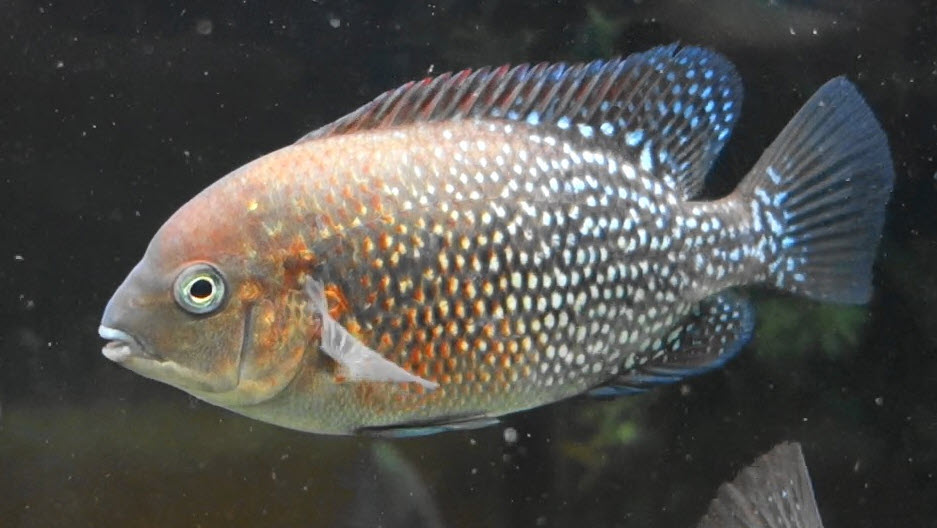
Sodium Hydroxymethanesulfonate
Another chemical which is claimed to be able to remove chlorine AND to safely neutralize the ammonia from chloramine is sodium hydroxymethanesulfinate (SO3) (the SO3 is important, it is a sulfinate, NOT a sulfonate). This is used in the products Tetra AquaSafe Plus, Kordon AmQuel, Kordon AmQuel plus, API Aqua-Essentials, ClorAm-X, Fritz A.C.C.R. and Hikari Aquarium Solutions Ultimate. Sodium hydroxymethanesulfinate (SO3) does remove chlorine via the equation:
![]()
The sodium hydroxymethanesulfinate (SO3) reduces the chlorine gas to chloride, forming sodium hydroxymethanesulfonate (SO4). This is just the good old sulfite to sulfate of ALL conditioners.
But then when it comes into neutralizing the ammonia the marketing hype, smoke screens and deception get pretty deep. As a chemist, neither sodium hydroxymethanesulfinate (SO3) or sodium hydroxymethanesulfonate (SO4) simply do NOT do anything to ammonia, temporary or otherwise. Per some patents these chemicals supposedly safely neutralizes ammonia to form harmless aminomethylsulfinate (SO3) or aminomethylsulfonate (SO4). This “fact” is stated in forum after forum.
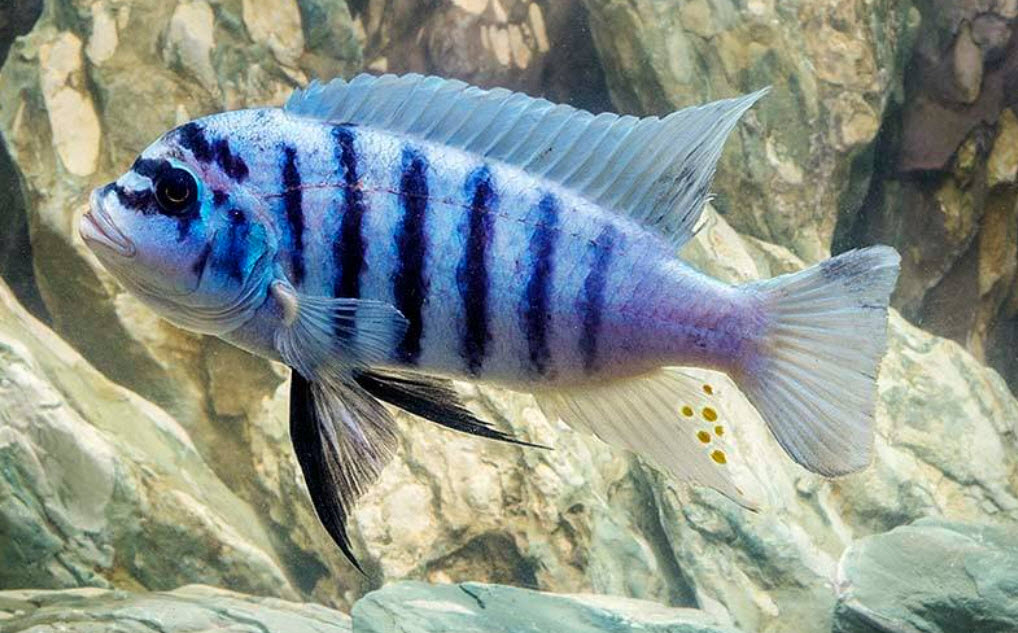
The reaction is supposedly:
![]()
This looks all well and good to most people. But to a chemist this is off, way off. The C-N bond is a much higher energy bond than the C-O bond. Thus, this equation is simply bogus. It doesn’t occur except at very high temperatures and very high pressures in non-aqueous environments using metal-based catalysts.
Note there several bogus chemical names various patents use for this chemistry (like “glyoxal.2NaHSO3“). And a sizable number of made up chemical equations. They are ALL bogus.
The first patent for this compound’s use in aquariums dates to 1988 (EP patent EP0278515A2, Günter Ritter, “Chloramine Removing Means” assigned to Tetra [technically Baensch Tetra Werke its German division]). It makes interesting fictional reading. In the 1980’s the patent law was revised to allow a person to patent the impossible. This patent appears to be a classic case of just such an occurrence.
And in case you do not believe that patents can be obtained for just about ANYTHING, here is a patent for a Warp Drive Machine: United States Patent 20200130870 Go get em, Scotty!
The European patent for ChlorAm-X is even more interesting. The equation in this patent is:
![]()
Heh! I can’t make this stuff up! Question marks! In a patent no less! This patent then has a whole series of completely bogus, made up tests where the product neutralized ammonia. I won’t bother to insult your intelligence by refuting each test. There are no less than five patents on this subject which are ALL bogus patents.
Let me make this very clear, neither sodium hydroxymethanesulfinate (SO3) nor sodium hydroxymethanesulfonate (SO4) detoxify ammonia in any form, that claim is just marketing hype. And the testing above confirms that.
Note that I definitely do not recommend adding these products to an aquarium. In order to stabilize the hydroxymethanesulfinate all these products add formalin (30% formaldehyde). Add too much of these products and the formalin will kill the fish.
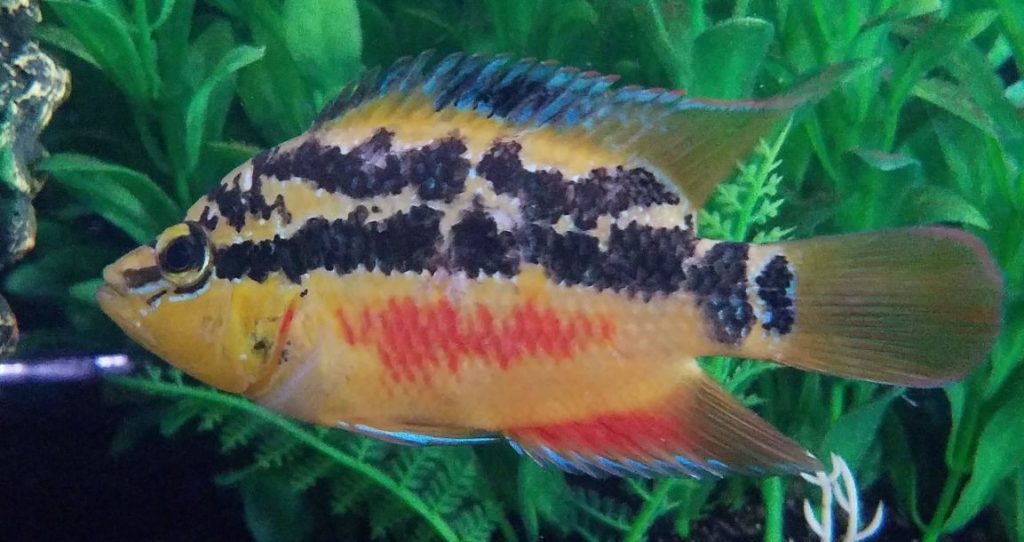
Note that there was some “research” done which supposedly supported the use of hydroxymethanesulfonate to remove ammonia. The paper was: “Intensive Rotifer Production in a Pilot-scale Continuous Culture Recirculating System Using Nonviable Microalgae and an Ammonia Neutralizer”, Bentley et. al. 2008, University of North Carolina Wilmington.
This “research” paper has a big problem. It had no “control”. It only tested three systems which all had hydroxymethanesulfonate in them. It never tested any systems without hydroxymethanesulfonate. So the research does NOT show any positive effect from using hydroxymethanesulfonate.
Another paper reported a 85% reduction in total ammoniacal nitrogen (TAN) when ChlorAm-X (hydroxymethanesulfonate) as used (“Effect of Sodium Hyroxymethansulfonate on Ammonia and related Water parameters, Sharma et. al. 2018). This study used the Hach low range test kit.
I duplicated the test and got an 80% “reduction” in total ammoniacal nitrogen (TAN), close enough. I then ran a duplicate test only with sodium thiosulfate, a simple water conditioner which no one has ever claimed could possibly remove ammonia. The sodium thiosulfate “removed” 90% of the TAN ammonia.
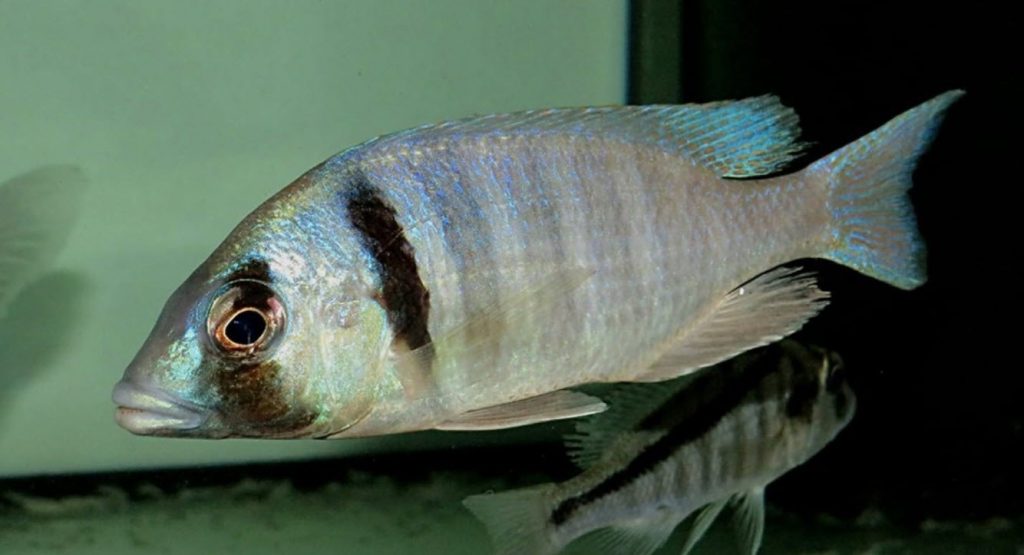
The Hach low range test kit is a salicylate test kit, like the API and the Seachem liquid tests. In a salicylate method test, sodium salicylate reacts with ammonia in a two-step reaction. First sodium hydroxide is added and that converts all the ammonium to ammonia. Then sodium salicylate is added, converting ammonia to 5-aminosalicylate. The aminosalicylate is then oxidized by sodium hypochlorite in the presence of sodium nitroferricyanide to form a yellow-green-blue colored dye.
Reducing agents interfere with this oxidation by reducing the sodium hypochlorite (reducing agents being the opposite of oxidizing agents) and will give low readings. All conditioners (which are designed to reduce hypochlorite) do this interfering.
So I ran another duplicate test. This time I added sodium hypochlorite to the ammonia solution before I added the ChlorAm-X. This neutralized the reducing portion (the sulfinate) of the hydroxymethanesulfinate prior to the test. With this test I got no reduction in ammonia. Biologists should never run chemical tests!
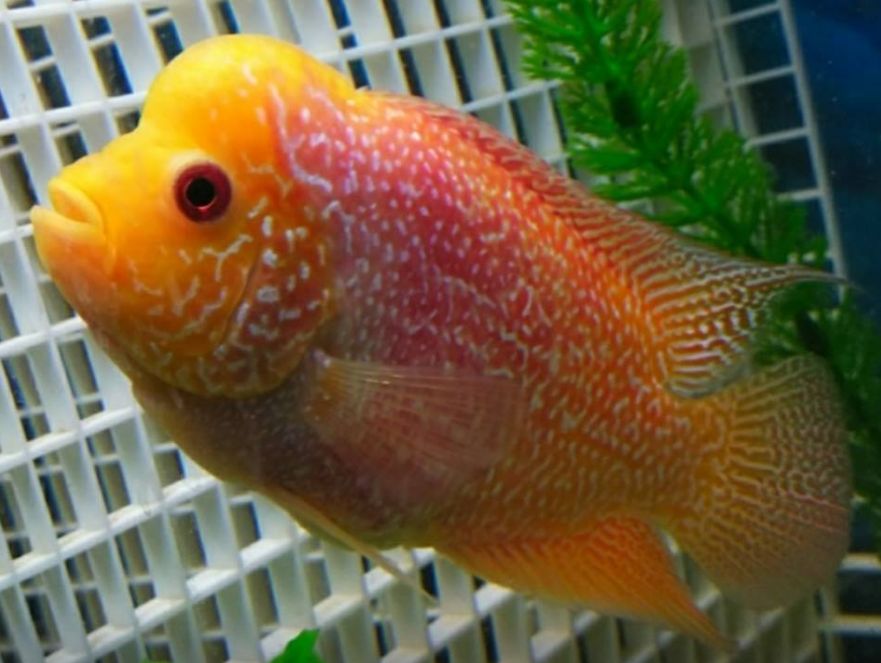
Proprietary Aliphatic Amine Salt
Another “proprietary” product (API Ammo-Lock) for neutralizing chloramine is a “proprietary aliphatic amine salt”. Supposedly this “changes ammonia into a less toxic form of ammonium for approximately 24 hours”. This is probably aminoethylsulfinate. This compound is simply hydroxymethanesulfinate with an extra carbon in the molecular structure. Like hydroxymethanesulfinate, aminoethylsulfinate will neutralize chlorine but won’t do anything for ammonia.
And as for this product changing ammonia into ammonium any product which neutralizes the chlorine in chloramine in water does that. The removal of the chlorine from the chloramine leaves ammonia. In water most of the ammonia is converted to ammonium. That’s what water does. It has absolutely nothing to do with the conditioner.
There are many “proprietary formulations” used in the aquarium trade for many things, including removing chloramine. The premise for keeping the ingredients of these formulation “proprietary” is to prevent the competition from getting the formulation. This is more hype. For a few hundred dollars any competitor can get the exact ingredients of any formulation from any one of several hundred labs in parts per billion.
The reason for the proprietary label is to prevent the consumer from buying a generic equivalent at a lower price or to prevent the consumer from realizing the ingredients won’t work as advertised. We don’t trust or use anything which won’t tell us its ingredients.
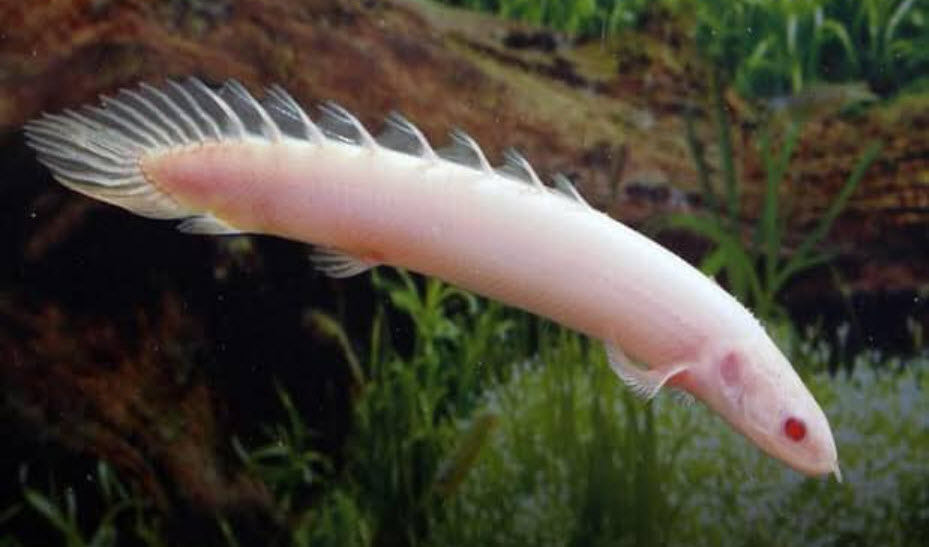
.
“But Prime Saved My Fish”
One recurring comment comes up whenever we post a comment on social media about how no water conditioner even temporarily detoxifies ammonia. It is the “But Prime saved my fish” comment. The best way to address this comment is with another comment posted on the Reef2Reef blog by Taricha on August 8th, 2021. It is an excellent analysis.
.
Let me try to address a recurring question – “but Prime saved my fish from an ammonia event?”
Let me give a brief (haha) run-down of some reasons why a hobbyist might think that Prime etc has saved their livestock from ammonia when it hasn’t. (No judgment, less than a year ago, I had some fish loss and not much time, detected a little ammonia, and dosed Prime to “save” the unaffected fish. I was convinced it had worked. Here’s why I was wrong.)
1. Ammonia accumulates more slowly than we think. When I feed generously for my small fish, (pinch of flake + cube of mysis + cube of brine) I am only putting in enough protein to elevate total ammonia by 0.5 ppm.
If I feed a cube of mysis, a cube of brine, and a pinch of flake…
mysis: 3.3g x 7.6% protein x 16% N in protein = 40mg N
brine: 3.3g x 3.7% protein x 16% N in protein = 20mg N
pinch of flake: 0.5g x 53% protein x 16% N in protein = 42mg N
Total = input of 40+20+42 = 102mg N in 260L system = 0.39 mg/L of N
if 100% of that protein N went into NH4 that’d give 0.39 x (18 mass NH4 / 14 mass N) = 0.50 ppm NH3+4
Since fish release ~80% of protein input as ammonia, this would take 5 days to reach 2ppm ammonia. If you feed sparingly, you could probably stretch that out to 2 weeks before total ammonia would go up to 2 ppm, even if your tank consumed zero.
2. Most ammonia is non-toxic NH4. NH3 is a small %. pH really matters. Even if I have the hypothetical 2 ppm total ammonia at pH 8.2, then it’s only 0.13 ppm toxic NH3. see calculator. If the pH drops to 7.8 then 2ppm total ammonia is only 0.05 ppm NH3.
3. Most organisms are tougher than the few sensitive fish we think about. From RHF article
” Marine fish generally have 96 h LC50 levels that range from about 0.09 to 3.35 ppm NH3-N.”
That is, while there are sensitive fish that have a LC50 (lethal concentration to 50% of specimens) over 4 days (96 hr) of ~ 0.1ppm NH3, many saltwater fish are much tougher. So many systems could spend days at the above hypothetical 2ppm total ammonia (pH 8.2, NH3 = 0.13) and not lose livestock. Benthic organisms are even tougher than that, in looking up NH3 tolerances for random inverts in my system, pods, asterinas, snails, crabs, shrimp – all quite high by our sensibilities.
4. We assume new fish will be a little stressed in a new environment “take a few days to settle down.” Many hobbyists might confuse some sub-lethal level of NH3-stress for new to a system stress, and think Prime prevented NH3 toxicity.
5. Heterotrophic bacteria are everywhere (and in some bottled tank starter products). They can reproduce really fast if conditions are right. With addition of carbon – present in all fish food – they can process ammonia quickly also. Plenty fast to avoid bad outcomes. Bottled bacteria myth or fact thread showed repeatedly the head scratching result that adding fish food caused ammonia to go down with these bacteria.
6. There are a zillion photosynthetic organisms that will show up rapidly in any tank that has light. Photosynthetic organism are strong consumers of ammonia themselves, and they release dissolved organic carbon that can help the heterotrophs consume ammonia also.
7. Photosynthetic organisms have such a strong preference for ammonia, that they have a hard time consuming any other form of N, if any ammonia is present. They’ll ignore 20ppm NO3 to grab 0.2ppm ammonia. It’s not like they are choosing it, it’s just so much more energetically favorable as a food source.
8 / Putting it all together.
Tank “crashes” / die-offs don’t raise NH3 as much as you might think. A 100g of dead fish that hides in your 55 gal (210 Liter) tank doesn’t immediately turn into a bunch of ammonia. The fish might be ~20% protein, ~16% of protein is N, so 100*.20*.16 = 3.2g N. 3200mg N / 210 Liters = 15mg/L N = ~19 ppm total ammonia. Protein is broken down gradually over days to a week so maybe only 3 ppm ammonia release per day. Some of that is eaten by clean up crew, that might assimilate 20% into growth and release the other 80% as ammonia. The carbon in the tissues also increases heterotroph activity that reduces how much N is released into ammonia. And on top of that, the metabolic processes involved in breaking down the fish will lower pH as well, thus reducing the fraction of ammonia that is NH3.
If all that decomposing organic material pushes the pH down to say 7.8 (my tank goes that low sometimes without dead fish), then the daily 3ppm total ammonia release would be only 0.08ppm NH3. And that’s without even considering the nitrifiers and the photosynthesizers, that with ammonia present will do nothing but eat ammonia, day and night.
So when I lost a couple of small fish to rapid disease and added Prime to “protect” the rest from toxic ammonia, there was never actually a clearly toxic condition to protect them from.
If I wanted to do something I could be sure would help protect fish during an ammonia event:
1) lower pH (7.8 is fine in a pinch, I wouldn’t try to push the aragonite buffer around ~7.6)
2) add algae
3) add carbon (vinegar or whatever carbon you already use in your system)
4) add aeration (heterotrophs and nitrifiers both need O2 to work well, and the die-off could push O2 low.)
5) and y’know… water changes 🙂
Those are all incontrovertible and do not require trusting any unsupported manufacturer claims.
.
Couldn’t do a better analysis if I tried.
Belief Perseverance Effect
Now there is a psychological phenomena called “belief perseverance effect” which is very strong. “Belief perseverance effect” says that if someone buys something, and especially if someone pays a lot of money for that something, even when presented with evidence they made their purchase in error, a normal person will rationalize and support their own decision. This is a battle that simply can’t be won.
If one takes an aquarium and adds a heavy loading of fish. And if one then adds these “ammonia neutralizing” chemicals expecting them to detoxify the ammonia, one can expect to have an aquarium full of dead fish. What is unclear is how many newcomers add moderate amounts of fish and these chemicals and damage their fish with ammonia levels in such a way that they die a year or two later.
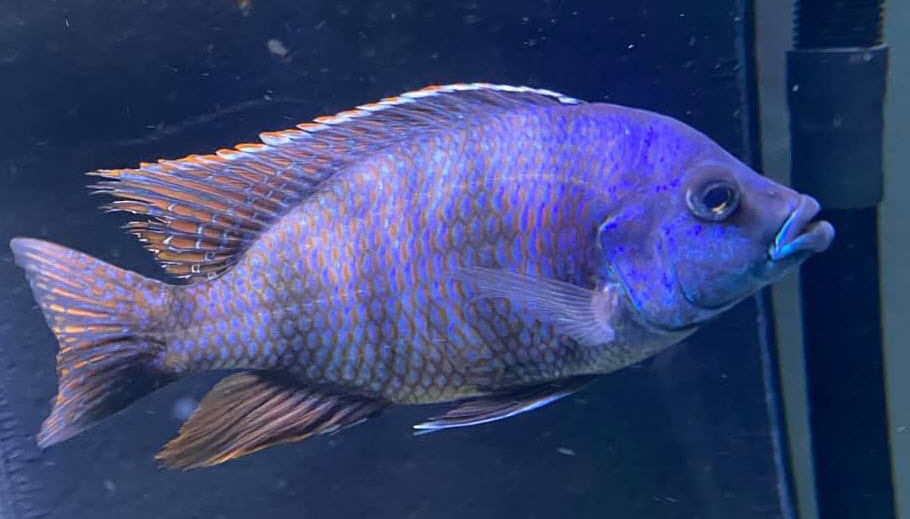
For more information on conditioners go to the following links:
5.5.3. Water Conditioners
5.5.3.6. Review of Conditioners
Seachem is probably the biggest snake oil salesman with their huge push on the “ammonia detoxifying capabilities” of the Prime water conditioner. All their claims for this product beyond chlorine removal are pure marketing hype. For more on this go to this link:
5.5.3.2. Prime and Safe Marketing Claims.
.
Return to Water Parameters Menu
.
Aquarium Science Website
The chapters shown below or on the right side in maroon lead to close to 400 articles on all aspects of keeping a freshwater aquarium. These articles have NO links to profit making sites and are thus unbiased in their recommendations, unlike all the for-profit sites you will find with Google. Bookmark and browse!
.

Dave says
In reply to Melanie ……. Sounds like “old tank syndrome”. New fish dying, high nitrates and a drop in pH coupled with an ammonia spike indicates “old tank syndrome”. And the only safe method of treating old tank syndrome is to do a complete water change, like 95%. If you do a 50% water change you risk killing your fish due to pH/ammonia interactions.
https://aquariumscience.org/index.php/18-6-old-tank-syndrome/
Melanie Purvis-Foleti says
Hi Dave,
I have had the tank for a while, never had this problem before..It’s actually freaking me out! I have tried everything since this started to happen that I don’t know how to fix it.
What do you recommend?
Thanks for your help..
Melanie
Dave says
In reply to Melanie ….. Daily spiking of ammonia indicates the tank isn’t cycled yet. See fish in cycling section under aquarium cycling
Melanie Purvis-Foleti says
So, what gets rid of ammonia?
I can’t seem to get it out of my tank no matter what!
Please help me to understand what is causing my ammonia to spike everyday?
Thank you
Melanie
Dave says
In reply to John …. Many thanks for the analysis. I have incorporated into the text above.
John says
Threat posed by ammonia from chloramine is overstated!
Hello, I’m a PhD biochemist and I’ve done a theoretical analysis of the stoichiometry of the amount of potential ammonia that can be released when chloramine treated tap water is dechlorinated. Generally municipal water contains about 1-3ppm chloramine. Let’s say you have 2ppm (mg/l) of chloramine to neutralize (NH2Cl; 51.48g/mol, NH2 16.02g/mol). The reaction would release 0.62ppm NH4/NH3 of which, in a typical aquarium (pH 7.0, 25C), only 0.566% would be in the toxic NH3 form, or 0.0035ppm. And of course most water changes are partial so the final NH3 would be proportionately less. So it does seem commercial suppliers are overstating the threat that the amount of NH3 released poses for hobbyist. Creating a problem for which only they can provide some complicated, possibly fictitious chemical fix… Cheers, John